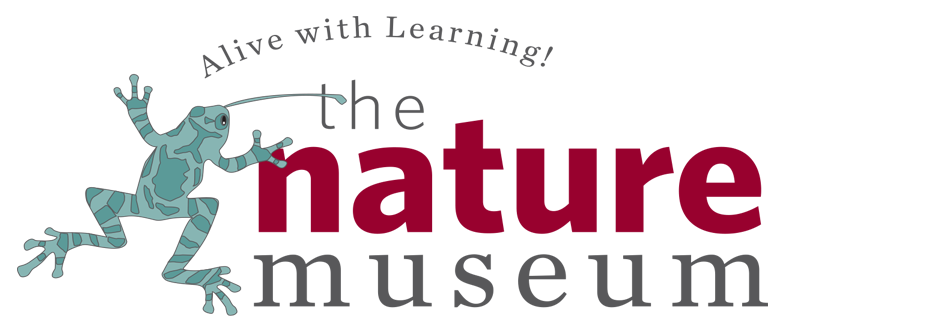Native Gardens, Part One: A Local Plant Resource List
Native Plants are Having a Moment
There’s a growing desire to approach our gardening and landscaping choices with a new lens — the benefits of native plantings, even on a small scale, are compelling and clear. From articles in the New York Times about “No Mow May” to native plant statements by the legendary White Flower Farm and the popularity of best-selling author Doug Tallamy, there is a groundswell of interest in building ‘conservation corridors’ in our own backyards.
How do native plants on your property make a difference? It’s all about co-evolution. Just as the monarch has co-evolved with the milkweed, all insects have co-evolved with their own plants as a food source. When we purchase a plant native to another continent or bio-region, it may be lovely, but it is not food.
Native gardens are designed to be eaten: to support the local food web through providing an essential food and breeding source for insects.
Spring favorites such as forsythia, daffodils, and tulips fill our yards with color and cheer, yet offer nothing to the emerging insects. This is shocking news to those of us who have been dutifully planting the standard classics for decades. Yet when we think about it, how often do we see a bee on a tulip?
Non-native plants are not necessarily invasive — but many of them are. An invasive plant is one that easily self-propagates and crowds out the local natives, and the list of them is long and notorious. There is a lot to learn on this topic!
To help support the learning curve, we’ve pulled together this list of resources, both local to Vermont and beyond, to help get you off to a good start on building your own native plant garden.
We also offer workshops on natives and invasive management throughout the year, and of course a mature and thriving native plant garden and meadow on The Nature Museum grounds.
Let’s make a difference by supporting native plants!
Resources for Learning
Best-Selling author Douglas Tallamy is often credited as the source of the current native-plant movement. His books, webinars, and extensive online resources are a great place to get started. The Homegrown National Park initiative is a grassroots call to action to restore biodiversity and a great way to get involved — you can put your property on the map! Learn more about his best-selling books, watch video presentations, and dive into the list of resources for finding native species as both plants and seeds. To explore the site, start here.
The Xerces Society is wholly focused on invertebrate conservation, and native plantings are a huge part of that effort. Their website has many excellent resources and is another great place to begin.
The Vermont Land Trust has many excellent guides and resources for identifying and protecting native plant species. This guide to spring ephemerals is a great way to start the growing seasons with new awareness.
Social Media
Facebook has a number of very helpful native plant groups which are full of supportive questions/answers and further insight. A few to get started with are:
Homegrown National Park (the official Tallamy site)
Native Plants of the Northeast
Local Native Plant Sources
Windham County Conservation District Plant Sale
An excellent resource for Southern Vermont: The Windham County Conservation District offers a plant sale each spring that sells a wide variety of native vegetation.
Late blooming Asters are essential native plants.
They offer plants for their landscape value, conservation value, revegetation value, and food value, for ourselves, bird species and other wildlife. The best way to maximize your planting success is to match the right plant with the correct soil and light conditions. If you have any questions concerning type of soil, water needs or care for the listed species contact the Conservation District for specialized support.
Learn more and see the list of native plants available for online ordering.
Nasami Farm and the Native Plant Trust in Western Massachusetts
Set on 75 acres in the Connecticut River Valley of western Massachusetts, Nasami Farm grows New England native plants from seed that we harvest sustainably from healthy, well-established wild populations throughout the region.
Our goal is ensuring genetic diversity to offset the clones sold by traditional nurseries and to build resilience into a landscape facing change.
Winterberry thrives in bogs and wetlands.
Northeast Pollinator Plants
Based in Fairfax, Vermont, this small nursery is highly specialized in Vermont-grown plants.
They offer easy to order “starter kits” that help simplify the process, which is very helpful when just getting started.
See their website for more information and ordering native plant starter-gardens
Ecoplantia Roll-Out Gardens
Brand new to garden landscaping?Ecoplantia offers Roll-Out Native Garden Kits grouped by ecoregion. Endorsed by Homegrown National Park and the Xerces Society, the garden bed designs are rolled-out on biodegradable paper and then filled in with provided native plants — a really easy way to get a new bed started!
Happy garden planning and be sure to see our upcoming events for workshops on natives and invasives, and don’t forget to visit our native pollinator garden and restored meadow throughout all of the seasons!








